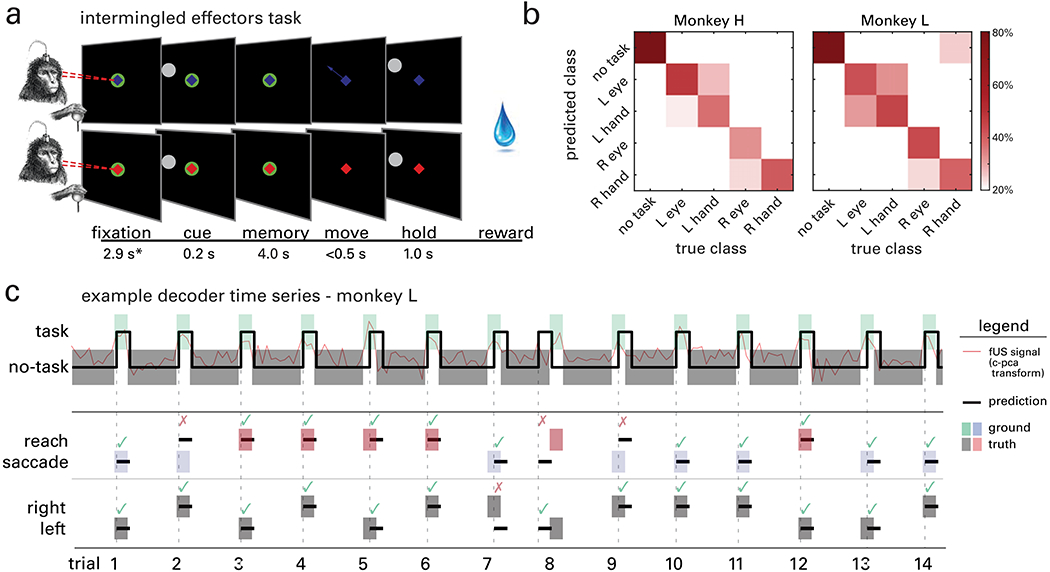Fig. 5|. Decoding task, effector, and direction simultaneously.

a, Intermingled memory delayed saccade and reach task. A trial started with the animals fixating their gaze - and moving the joystick to - a central cue. The center fixation cue was either colored blue to cue saccades (top row) or red to cue reaches (bottom row), randomized trial-by-trial, i.e., not blocked. Next, a target (white circle) was flashed either on the left or the right visual field. The animals had to remember its location while continuing to fixate their eye and hand on the center cue. When the center was extinguished (go-signal), the animals performed a movement of either the eye or hand to the remembered peripheral target location. *Mean values across sessions shown; the fixation period was consistent within each session but varied across sessions from 2.4-4.3 s. b, Confusion matrices of decoding accuracy represented as percentage (columns add to 100%). c, Example classification of 14 consecutive trials. Classification predictions are shown as lines and shaded areas indicate ground truth. An example of the fUS image time series transformed by the classifier subspace appears in red. After predicting the task period, the classifier decoded effector (second row) and movement direction (third row) using data only from the predicted task period (first row).
